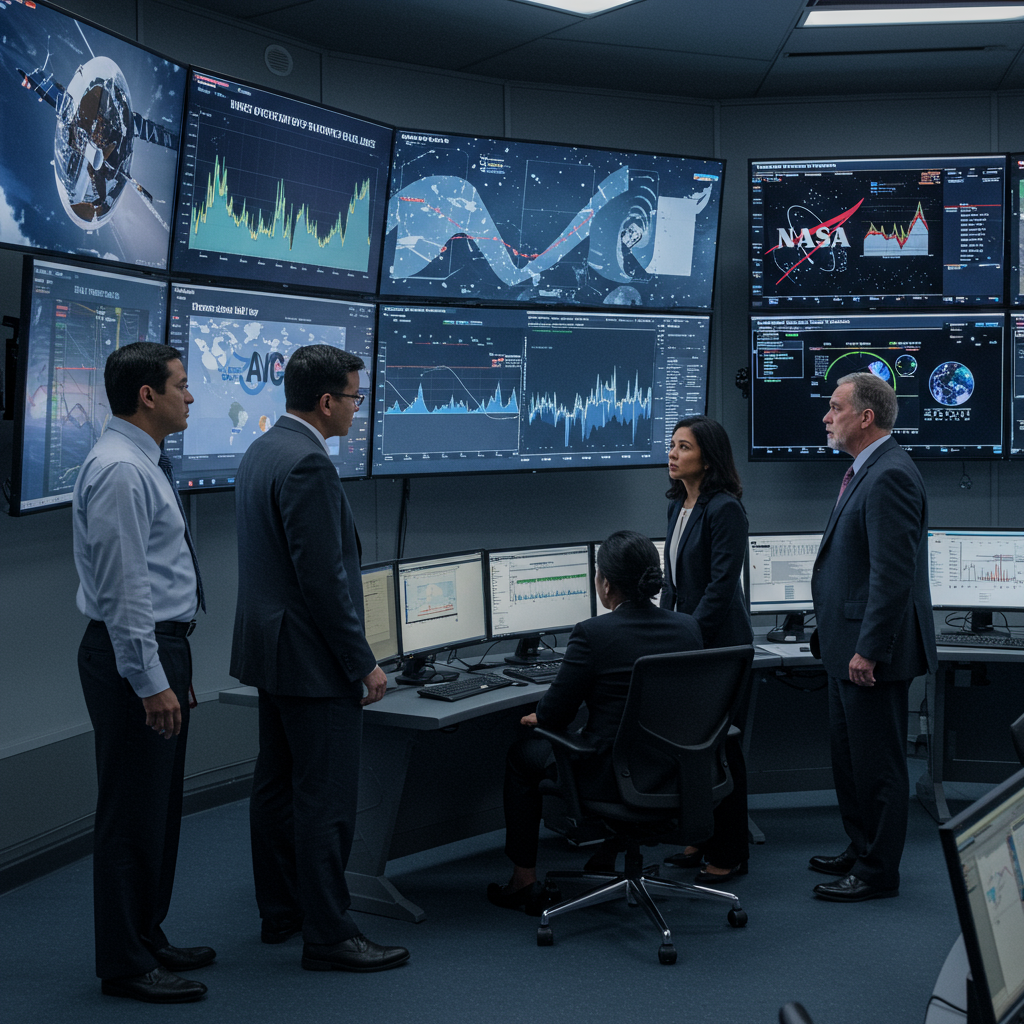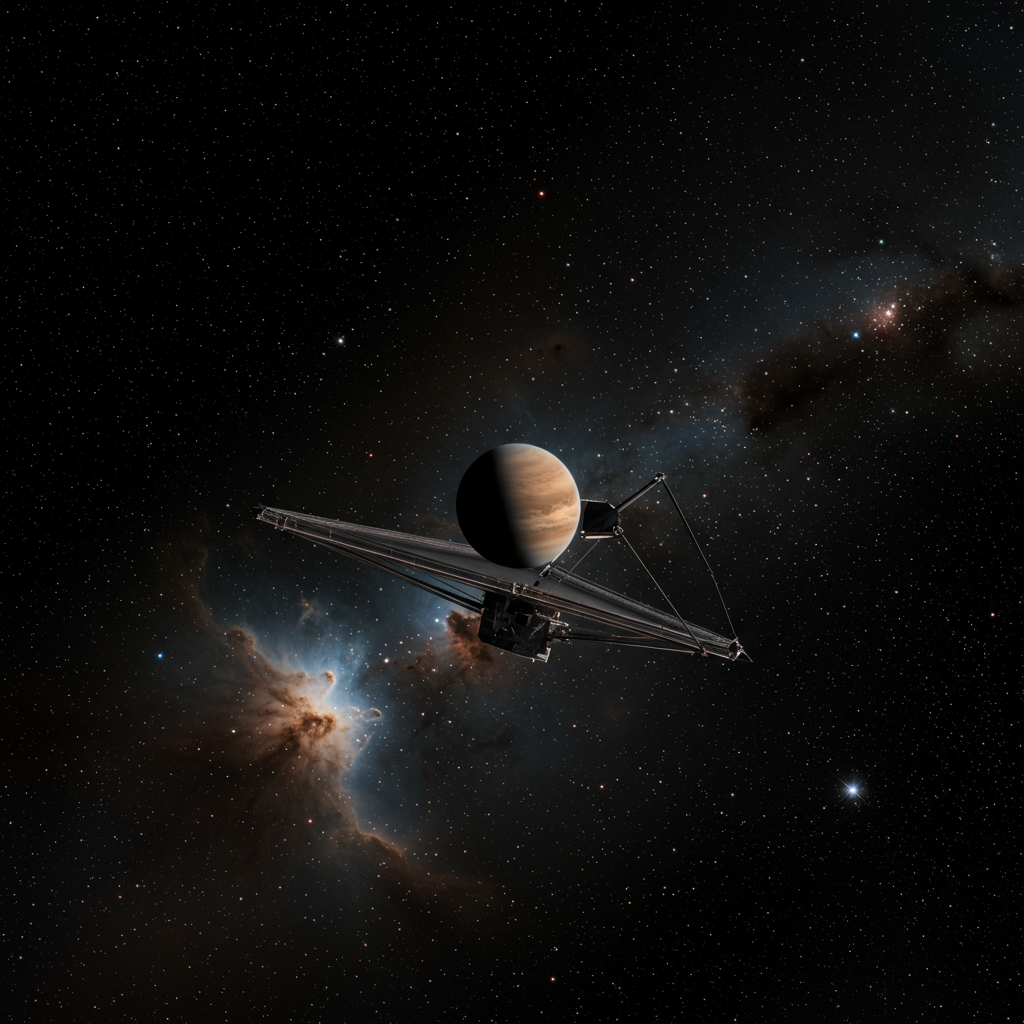NASA is undergoing significant and rapid changes to its workforce, a situation drawing critical attention from within the agency and across the space community. Recent data reveals a substantial number of employees are departing, potentially bringing staffing levels to their lowest point since the agency’s inception. This shift is driven by new personnel strategies aimed at efficiency but sparking widespread concern about the impact on mission capability and future innovation.
Scale of Departures Rocks NASA
The numbers tell a striking story. As of early July 2025, over 2,600 NASA employees had opted into a Deferred Resignation Program (DRP). This voluntary early departure initiative saw significant uptake even before its final deadline of July 25th. Adding to this figure are more than 350 planned non-DRP departures. Combined, these exits represent over 17% of NASA’s total workforce expected to leave imminently. This personnel reduction trajectory puts the agency on track to operate with the fewest employees it has had since its founding in 1958.
Senior Leadership Among Those Exiting
The departures aren’t confined to entry-level positions. A significant number of senior executives are included in the departing group. More than 70 members of the Senior Executive Service (SES) are planning to leave. This exodus includes high-profile roles such as the agency’s Chief Information Officer (CIO), Chief Information Security Officer (CISO), Human Resource directors, and even multiple Center Directors. The loss of such experienced leadership and specialized expertise creates immediate challenges for agency operations and strategic direction.
Understanding the Drivers Behind the Workforce Shift
This extensive personnel change is fundamentally linked to the implementation of new human resources strategies. At the forefront are the Deferred Resignation Program and a new performance monitoring system. These initiatives represent a notable departure from NASA’s historical, often more lenient, personnel management practices. The goal is to foster a more performance-driven culture and enhance organizational efficiency through swifter action on performance matters.
Efficiency targets and broader governmental expectations for fiscal responsibility appear to be key triggers for these restructuring efforts. While specific details on the performance monitoring metrics remain opaque, the intent is clear: streamline operations and reduce personnel costs. This push aligns with broader trends seen across the federal government and parallels similar workforce realignments in the commercial aerospace sector.
Broader Context: Industry Trends and Political Backdrops
NASA’s workforce adjustments are not occurring in a vacuum. The global aerospace landscape is also seeing shifts. Companies like SpaceX, for example, undertook an 8% workforce reduction recently. The European Space Agency (ESA) has also faced budget cuts, around 15%. These parallel movements suggest a wider industry trend towards optimizing resources and operational focus, partly driven by global competition and evolving space goals.
The restructuring at NASA is also seen by some through a political lens, linked potentially to efficiency directives associated with previous administrations. This perceived connection has fueled public and expert reactions, adding layers of controversy to the personnel changes. The overall climate involves critical planning phases for major initiatives like the International Space Station’s commercial transition and ongoing U.S. Congressional budget negotiations, further complicating workforce management during a period of flux.
The Human Element: Uncertainty and Talent Drain Risks
For the thousands of NASA employees remaining, the situation brings significant uncertainty. Those without immediate options outside the agency face increased risk of potential future RIFs (Reductions in Force), particularly at individual centers where focused cuts might still be necessary if department-level numbers don’t stabilize. This risk is amplified by a challenging external job market context mentioned in some discussions.
Contractor personnel supporting NASA missions face even greater precarity. Unlike civil servants, they lack similar protections and are often the first impacted by budget or personnel shifts, feeling “doubly screwed” by the current climate. The changes also threaten established relationships with university researchers, vital partners in scientific endeavors, and could severely impact efforts to nurture the next generation of space scientists and engineers, potentially stifling the pipeline of future talent.
Expert Concerns and Long-Term Impacts
Aerospace policy analysts and federal workforce experts are voicing substantial concerns about the potential long-term consequences of these significant personnel reductions. Dr. Sarah Chen, an Aerospace Policy Analyst, highlights the specific risk of losing younger, probationary employees. This demographic is crucial for bringing fresh perspectives and skills essential for innovation in a rapidly evolving field. Their departure could hinder NASA’s ability to adapt and lead.
Federal Workforce Expert Dr. James Martinez points out that while the immediate goal might be short-term efficiency or financial savings, the long-term effects could be far more damaging. He warns of disruption to ongoing projects and critical missions, potentially causing substantial damage to mission capabilities despite any upfront cost savings. Experts also worry about the impact of stringent performance monitoring on overall employee morale, trust, and the agency’s unique collaborative culture. Balancing oversight with fostering a creative work environment is a key leadership challenge.
Impacts on Mission Capability and Competitiveness
Losing a large contingent of experienced employees, including senior leaders and technical experts, creates significant “gaping holes” in institutional knowledge and capability. To manage this, internal reassignments and employee relocations are likely to be required to “re-balance” the remaining workforce. However, these measures may not fully compensate for the depth of lost experience.
Critics, including organizations like The Planetary Society, argue these changes are detrimental to NASA’s mission continuity and undermine the U.S.’s leadership in space exploration. Social media and public forums reflect widespread apprehension regarding these potential negative effects. There are fears that while NASA navigates these internal challenges, other nations and private entities are ramping up their space programs, potentially leaving the U.S. behind in critical areas of scientific discovery and technological advancement. The private sector, notably companies like Blue Origin and Rocket Lab, appears poised to capitalize on this situation, reportedly seeing significant increases in hiring, potentially attracting talent leaving government service.
Frequently Asked Questions
What is causing the large number of employee departures at NASA?
The significant number of departures is primarily driven by a new Deferred Resignation Program (DRP), a voluntary early retirement initiative. This program, alongside a new performance monitoring system, is part of a broader agency effort to enhance efficiency, cut costs, and shift towards a more performance-driven culture, influenced by governmental directives and a changing aerospace landscape.
How are different parts of NASA, like specific centers or types of employees, being affected by these workforce changes?
The changes are impacting employees across the agency, from entry-level to senior leadership. Over 70 Senior Executive Service (SES) members are leaving, including key roles like CIO and Center Directors, signifying a loss of critical leadership and experience. While an agency-wide RIF may be avoided, focused RIFs at specific centers remain possible, creating uncertainty for employees in those locations. Contractors and university researchers also face significant negative impacts.
What are the potential long-term risks and consequences of NASA losing so many experienced employees?
Losing over 17% of the workforce, especially experienced individuals and senior leaders, poses substantial risks. Experts warn of creating “gaping holes” in essential expertise, potentially disrupting ongoing projects and missions, and hindering future innovation. This talent drain could damage mission capability, impact the pipeline for future scientists and engineers, and potentially undermine the U.S.’s competitive standing in global space exploration efforts as other nations and private companies advance.
Conclusion
NASA is currently navigating a period of unprecedented personnel change, marked by thousands of employee departures through voluntary programs and other means. This significant workforce reduction, driven by goals of enhanced efficiency and performance, has ignited considerable debate and concern. While the agency aims to streamline operations, the potential loss of critical expertise, impacts on employee morale, and risks to ongoing missions and future innovation present substantial challenges. The path forward requires careful management to balance efficiency needs with the imperative of maintaining NASA’s capacity for groundbreaking scientific discovery and its leadership role in space exploration amidst a rapidly evolving global context.




